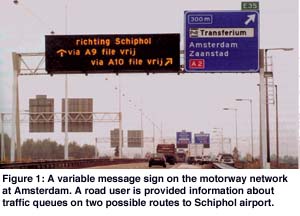There are many games that have some element of trading in them, where one must interact with the other players (be they computers or humans) to get what one needs. One game that highlights many of the elements of trading is a popular board game called “Settlers of Catan”. This game has won many awards, such as the German Game of the Year (1995) and the US Board Game of the Year (1996).
I came across this article by Shannon Appelcline regarding trading games, and in particular how in her opinion to make trading work in games. She claims that in order for trading to work the “limited resources must have different values to different people.” This is what happens in Settlers of Catan.
For those who do not know how to play the game, a short breakdown of the game follows.
- Players build settlements near resources (ore, wood, brick and wool)
- Each resource is associated with a dice roll, and thus a probability that the particular resource will be available (eg. If the number 12 is associated with a wood resource, wood can only be obtained when 12 is rolled with a die)
- Players can only gain resources when the number is rolled and they have a settlement connected to that particular resource
- To obtain resources that one does not have, one can trade for it, either at a 4:1 ratio with the ‘bank’ or with other players (after some negotiation)
- Resources are needed to build more settlements, roads and to upgrade to cities
(Of course, the game is more complicated than that, this is a simplistic overview.)
In Settlers, each player has access to different resources, and some of their resources can be obtained more often than others. Because of this, they may have an abundance of some resources or a deficiency or need for others. So each player places a different value on their resources. Because of this, players who desire one resources (eg. ore) can try to trade and see if any other player has an abundance of ores (or even just one extra) and is willing to trade.
In class, we have been discussing different styles of auction, one with an intermediary and one without, and this trading that we see here is non intermediated kind. Each player places a value on each resource and we see if an edge can be formed between players. However, we cannot simply match bid and ask prices of the players as in a game there are many other forces that come into play. If a player is close to winning the game, often the other players will refuse to trade with him, in order to blockade him from winning. Perhaps even if two players dislike each other, they may be unwilling to trade, or perhaps give worse rates.
Also, there is a cap on the ask prices, as if there are no players willing to part with the resources the bidding player wants, the bidding player can trade with the bank at a 4:1 ratio. So no player with a monopoly over a certain resource can fully exploit his power by increasing the ask price.
So it appears that perhaps trading is not really as simple as what we’ve learnt in class, that there are many influences that can thwart a successful trade or perhaps to prevent others from exploiting their power and dominating others.




Posted in Topics: Education
View Comment (1) »